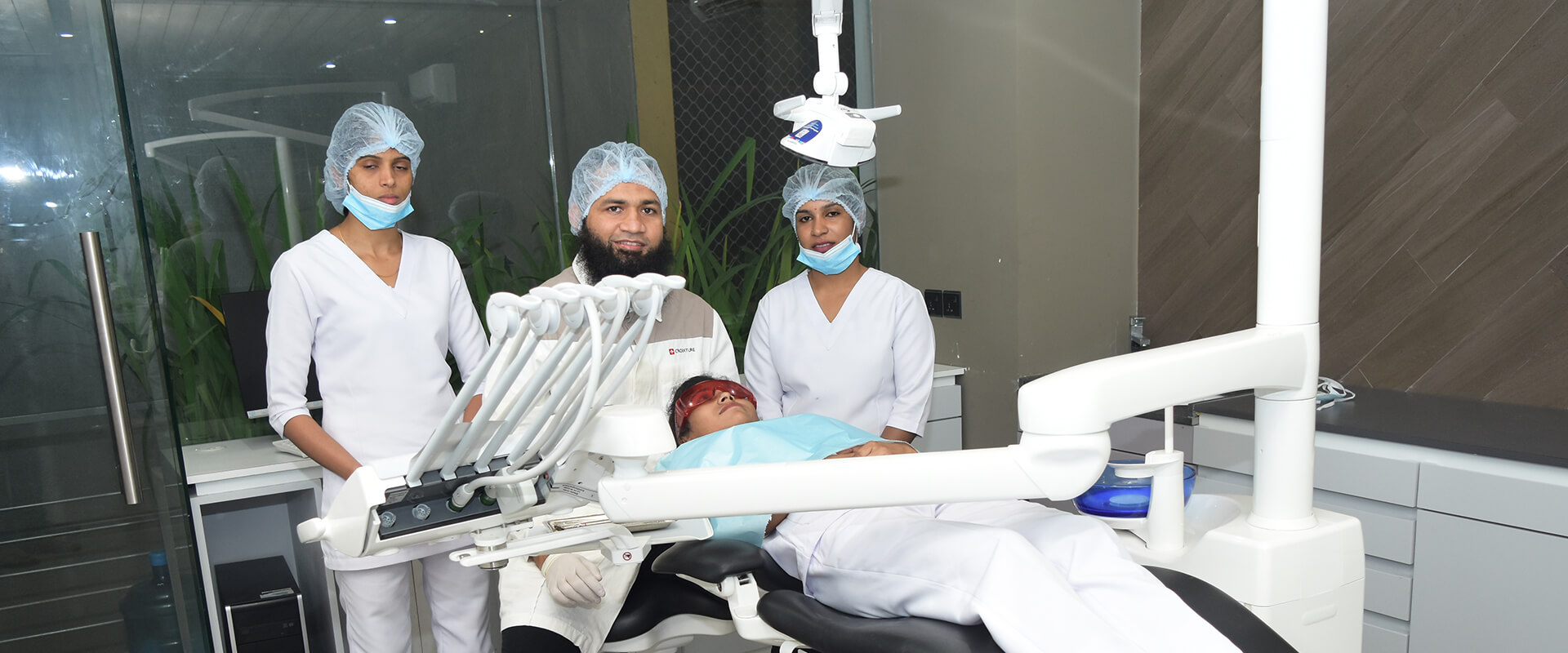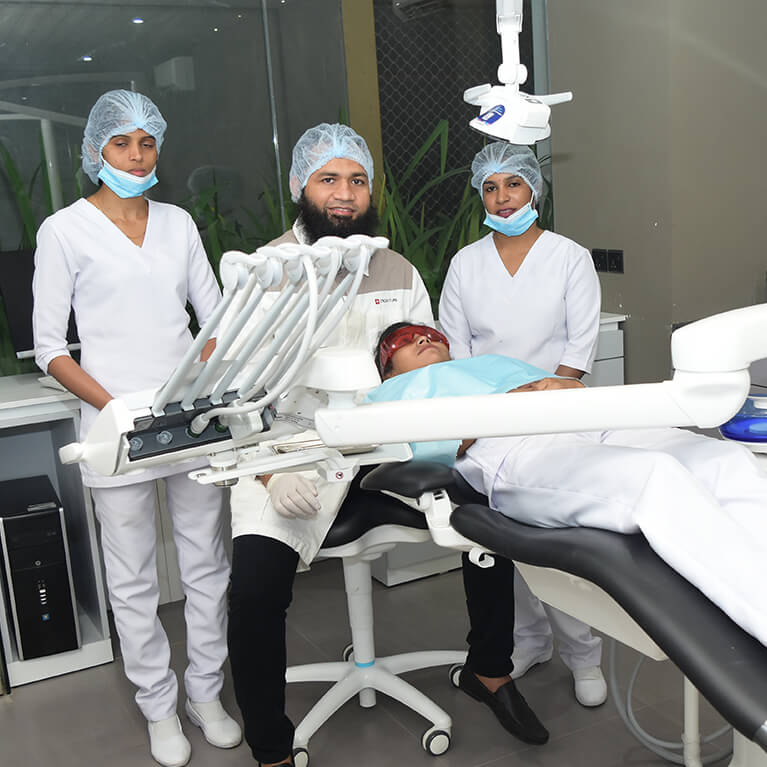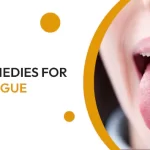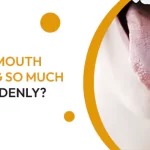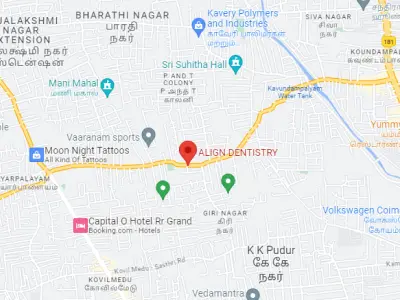The importance of soft bristles for gum health
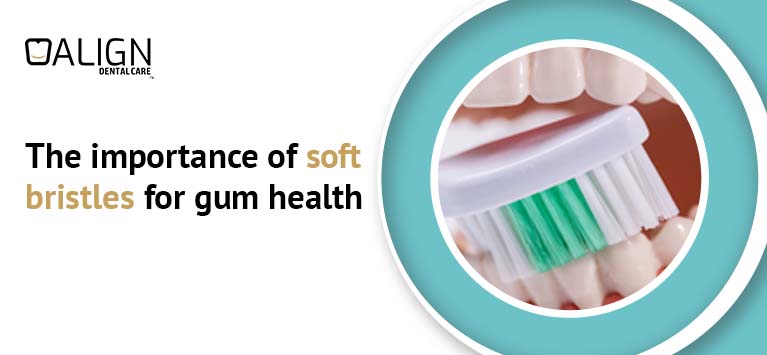
Gum disease is often caused by improper brushing techniques and hard brush bristles. People who prefer stiff-bristled toothbrushes often use force, even if they brush in small circular motions, as dentists recommend, rather than back and forth along the surface of the teeth.
For example, young people harm their gums by using a toothbrush with hard bristles. This is all the more dangerous because they are confident that they are brushing their teeth and gums correctly. They pay great attention to oral hygiene and, therefore, can cause damage to the sulci (gum lines) because they brush their teeth too often and too vigorously with a very hard-bristled brush.
Hard bristles increase excess pressure when brushing your teeth.
Brushing your teeth too vigorously, whether with a medium-hard or hard bristle brush, can potentially harm your gums without causing immediate discomfort. But as a result, the consequences will be disastrous: the groove deepens, the gum line slowly descends, and, over time, the neck of the teeth is exposed, and high sensitivity to pain appears.
Dentists in research, teaching, and practice recommend toothbrushes with soft and fine bristles. If the bristles of the brush are soft, then it will not cause any harm. If, in addition, the bristles are thin, then the grooves of the teeth are easily accessible, and such a brush carefully eliminates harmful bacteria. This is important since many bacteria accumulate in inaccessible places that can be easily damaged.
Soft bristle toothbrush: what are its advantages?
You should try to remember one fundamental thing: oral hygiene is essential to maintaining good oral health and avoiding problems related to poor hygiene. In the pursuit of resolving fundamental dental issues, the utilization of a toothbrush with soft bristles emerges as a captivating solution and a promising first step. It’s essential to note, as a starting point, that the primary issues involve tooth decay and gum difficulties, particularly gingivitis.
Here are the keys to making your oral cleaning an effective and efficient process, even if you have decided to buy and use a soft-bristle electric toothbrush.
Recommendations for toothbrush hardness
As it is widely acknowledged, the toothbrush stands as an essential instrument for maintaining oral health. Numerous options abound in the market, such as the gentle bristle dental implement. Toothbrushes from multiple brands and in various shapes and hardnesses are available.
Let’s first explore the hardness of toothbrushes because not all toothbrushes are the same, and not all take care of our teeth in the same way.
A prevailing misconception persists among many individuals, asserting that a toothbrush with firm bristles delivers markedly superior cleaning efficacy when compared to its softer-bristle counterpart. This belief, rooted in the idea that bristle hardness equates to enhanced cleaning, is fundamentally flawed.
In truth, using a toothbrush with harder bristles can be detrimental to both your enamel and gums, particularly if you observe noticeable bristle wear within a few weeks. Consequently, persisting with a toothbrush featuring excessive bristle hardness not only fails to improve cleaning but also poses a significant risk to your dental health.
On the contrary, soft or medium-hard toothbrushes are ideal. Indeed, in some special cases, several people try to purchase and use an ultra-soft bristle toothbrush, essential for those with more fragile dental conditions.
In general, however, if you brush correctly for at least two minutes and also use other supplements for correct oral hygiene, you will achieve effective dental cleaning without damaging your teeth. Remember that applying more pressure does not lead to better cleaning.
When it comes to toothbrush use, soft or hard bristles can make a difference. Let’s now see in the next paragraph how to perform correct oral hygiene.
Oral hygiene beyond brushing
The toothbrush, though unquestionably vital, should not be viewed in isolation. In tandem with a soft-bristle toothbrush, it is advisable to introduce complementary components like dental floss and mouthwash into your oral care regimen. So, an ideal brushing would include these steps:
- Morning: when you use your toothbrush, soft or hard bristles create different consequences. When brushing your teeth, it is recommended never using toothbrushes with hard bristles;
- Afternoon: brush your teeth immediately after lunch so as to eliminate most of the impurities and food debris present between the teeth;
- Night: deep brushing, use of dental floss or brushes to remove dirt accumulated during the day, and finally, use of mouthwash.
Don’t forget these steps to have good oral hygiene. Remember that at your clinic, they will certainly be at your complete disposal to answer any questions about your oral hygiene habits. Do not hesitate to contact your dentist without obligation. If you have decided to buy an electric toothbrush, soft bristles will be excellent, but know that traditional toothbrushes must be of medium or soft hardness because if they are very hard, they can wear away the tooth enamel. It is not necessary to use very hard brushes or to wring out the toothbrush too much to achieve good hygiene.
Occasionally, in pursuit of thorough dental cleaning, individuals may exert excessive force on their teeth and gums, potentially causing discomfort to their gums. This is precisely why we advocate for the utilization of a gentle-bristle toothbrush.
Remember
If you have to change your toothbrush, hard bristles should be avoided. In general, hard bristles are not recommended as their prolonged use over time can cause alterations to the gums, so the choice will generally be that of medium hardness.
However, in case of doubt, it is always advisable to consult a specialist dentist. Your dentist possesses intimate knowledge of your unique clinical circumstances, your dental structure, and your gum health. Consequently, they are well-equipped to prescribe the most effective toothbrush for optimal outcomes. Prioritize the well-being of your dental aesthetics and overall oral health.
Understanding the Impact of Bruxism on Teeth, Jaws, and Oral Structures
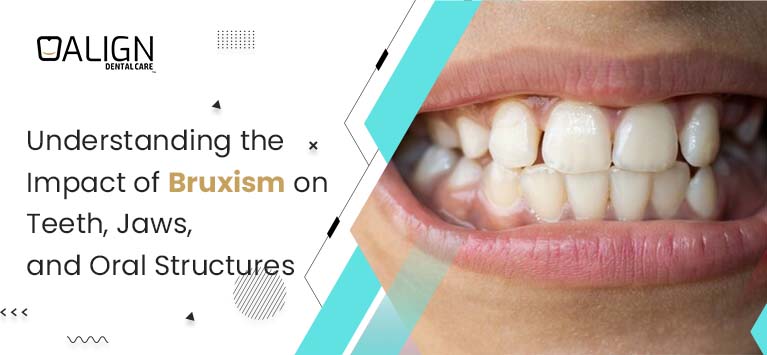
Bruxism is generally defined as strong clenching (clenching) and small movements (grinding) between the upper and lower teeth. During these movements, the extremely powerful forces of the masticatory muscles can be exerted separately from the chewing function itself.
Thus, such exposure can create problems with teeth, such as the appearance of pits in the enamel near the gums, increased tooth sensitivity, tooth mobility, pain when biting, and problems with the jaw joint. Researchers who have been studying bruxism for a long time have been discussing the topic of mental stress and emotional disorders. It is also discussed that aggression may be the reason why there is a significant weakening of certain brain structures in the production of norepinephrine and the formation of stomach ulcers in experimental animals.
The concept of stress management is based on the psychological background of which bruxism is a manifestation and the benefits related to the activity of the masticatory muscles in relieving stress-related symptoms such as stomach ulcers. Clenching and moving (clenching teeth) during bruxism is an emergency response during periods of mental distress in people to cope with stress.
Forms of bruxism
There are two forms of bruxism:
- Daytime (bruxomania) – teeth grinding, jaw misalignment, thumb sucking, and lip biting.
- Night – a more severe form that has a strong negative effect on enamel, stimulates tooth wear, and increases the load and general tension of the jaw. This disease can and must be fought. There is a special Botox that is injected into the jaw and normalizes its functioning.
Causes of bruxism
Bruxism is a complex condition with a variety of potential causes:
- prolonged stress and nervous tension
- malocclusion
- dysfunction of the autonomic nervous system
- inflammation of the facial nerve
- incorrect orthodontic treatment on braces
- side effects of psychotropic drugs and antidepressants
- Neurological or endocrine disorders: Parkinson’s disease, Raynaud’s syndrome, hyperthyroidism
- hereditary predisposition
- Teething in children
- A man with bruxism
Bruxism symptoms
Recognizing the signs and symptoms of bruxism can be the first step toward effective management. Symptoms may include :
- creaking, chattering, or grinding of teeth at night
- pain in the jaws, face, and neck, and headaches
- increased sensitivity of teeth
- weakening and erasing of teeth
- damage to tooth enamel, the appearance of cracks and caries
- pain when opening the mouth
- pain in the tongue, palate, or mucous membrane of the cheeks
- Insomnia, anxiety, depression, and fatigue due to poor sleep and prolonged pain
The Impact Of Bruxism On Teeth, Jaws, And Oral Health
Long-term effects of bruxism
Untreated bruxism can have major long-term consequences, including considerable damage to the oral cavity. Constant grinding erodes dental enamel, resulting in increased tooth sensitivity, irreversible tooth damage, and even tooth loss. Excessive pressure on the jaw muscles and joints can develop temporomandibular joint (TMJ) disorder, which causes discomfort and dysfunction in the jaw joint and the muscles that regulate jaw movement. Untreated bruxism can cause changes in face structure and appearance over time owing to persistent muscular stress in extreme instances.
Bruxism and dental damage
Bruxism is one of the primary causes of dental injury. Grinding can cause tooth loss, fractures, and even loosening of teeth due to the high pressure and friction. Excessive stresses can potentially harm or displace dental restorations such as crowns, bridges, implants, and fillings. It is vital to remember that this sort of damage jeopardizes not only the look of the teeth but also their functionality, perhaps making chewing and speaking more difficult. Furthermore, repair is sometimes complex and costly, stressing the need for early detection and management of bruxism.
Bruxism and systemic health
Bruxism can lead to a variety of greater health concerns in addition to oral health. Notably, it is a risk factor for temporomandibular joint (TMJ) problems, which can cause substantial discomfort and impaired jaw function. Another typical side effect of bruxism is sleep disturbance, which can cause exhaustion, cognitive issues, and an increased risk of various health diseases such as cardiovascular disease and diabetes. Furthermore, the prolonged tension and pain associated with bruxism can have a severe impact on mental health, resulting in greater stress and a lower overall quality of life.
Diagnosis of bruxism
There are several methods for diagnosing bruxism:
- Clinical examination: On examination, the doctor may see worn, broken, or cracked teeth, enlarged masticatory muscles, and other changes in the dentoalveolar system.
- Electromyography: This allows you to measure the activity of the masticatory muscles. This method helps to understand if you have bruxism and determine its severity.
- Radiography: Used to identify structural changes in the dental system due to bruxism.
- CT scan: Used to obtain more detailed information about the structure of the dental system and identify its changes.
Treatment of bruxism in Dentistry
Treatment of bruxism depends on its cause and includes different approaches:
- Bite correction: If bruxism is caused by a malocclusion, the doctor will perform orthodontic treatment using braces or other orthodontic devices.
- Use of removable night splints: For bruxism due to stress or sleep disturbance, removable splints are helpful to protect the teeth and relieve muscle tension.
- Use of medications: Muscle relaxants, antidepressants, and anxiety medications can help relieve muscle tension and reduce bruxism.
- Physiotherapy: Helps strengthen facial muscles, reduce pain, and relieve tension.
- Surgical intervention: In some cases, such as violation of the function of the TMJ, surgery may be required.
Prevention of bruxism
To prevent bruxism, it is recommended:
- avoid stress;
- Do not drink alcohol or drugs because they worsen the condition of the nervous system;
- Consult a doctor if you have problems with the dental system, neurological or endocrine diseases;
- Treat your teeth in a timely manner and correct your bite.
If you notice symptoms of bruxism, consult a doctor immediately. Timely treatment will help to avoid complications and maintain healthy teeth.
To summarize
Bruxism is a complicated sleep problem that can have serious effects on dental health and general well-being. It is critical to recognize its indications and symptoms, such as teeth grinding, jaw discomfort, and dental damage, in order to intervene early. If left untreated, bruxism can cause long-term dental problems such as tooth sensitivity and TMJ difficulties, as well as systemic health issues and a lower quality of life. Depending on the reason, many diagnostic procedures and therapy options are available. Stress management and getting expert treatment when symptoms occur are part of the prevention process. Remember that prompt action is essential for maintaining healthy teeth and a pain-free lifestyle.
Is it possible to cure gum pockets naturally?
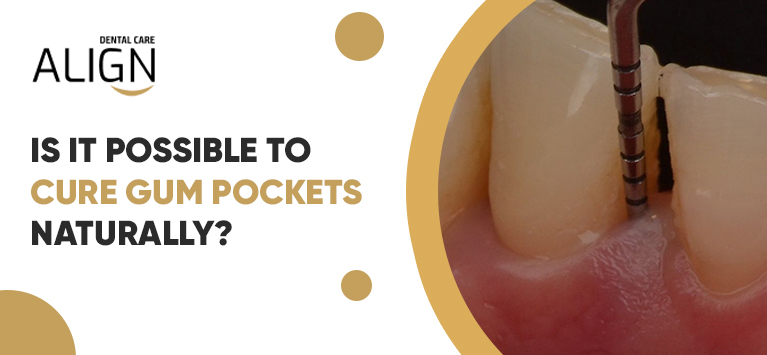
Generally, the gum tissues are tightly attached to the teeth. When an infection occurs in the gums, a deeper space around teeth under the gum line is formed. Such pathologically deepened gingival spaces are called gum pockets.
Read More…Does Smoking cause receding gums?

Smoking has long been linked to several health issues, including damage to the gums. Recent studies have suggested that Smoking could contribute to receding gums. It is a condition where the gum tissue around the teeth begins to pull away, leading to further dental problems. This blog post will explore the connection between smoking and receding gums and discuss the implications for oral health.
Read More…5 gum depigmentation treatments to get rid of dark gums

In our earlier blog post, we had discussed the possible causes of dark spots or discoloration in gums. Apart from the consequence of smoking and side effects of certain medications and illness, excess melanin pigment in the body darken your gums. Fortunately, you have a variety of solutions to get rid of such dark gums. They are termed gum de-pigmentation treatments.
Gum depigmentation, also known as gum bleaching or gum whitening is a cosmetic periodontic procedure that tends to remove the extra or unwanted pigmentation from gums.
Read More…What is meant by crown lengthening?

Crown Lengthening is a surgical procedure that is performed to expose the tooth surface by cutting down the excess gums and at times shaving the bone. It is recommended for both cosmetic solutions, especially treating gummy smiles and certain oral health problems.
Read More…What is meant by Gum tissue graft surgery?

Do you notice your teeth appear longer than actual and feel sensitive while taking hot or cold foods? If yes, you have gum recession and you need a surgical procedure to prevent its harmful consequences.
Gum recession is a common clinical problem that involves the tissues surrounding a tooth pulls away and exposing the tooth’s underlying regions. Such receded gums occur as an effect of bruxism, aggressive tooth brushing, Plaque & Tartar build up over the gum lines.
Read More…Tips to avoid gum diseases for diabetic persons

Gum disease, also known as periodontal disease, is the sixth most common disease in the world. People with diabetes are more likely to experience gum disease if they’ve had poor blood sugar levels for a long period of time. Because high blood sugar levels lead to damage to blood vessels, this reduces the supply of oxygen and nourishment to the gums, making infections of the gums and bones more likely.
Read More…Unknown factors behind gum diseases

Gum disease is one of the most common ailments found in the planet and yet most people don’t take enough precautions against the onset of a gum disease. Gum disease usually starts with a minor issue like a gum pain and then balloons into something serious since most of us ignore the symptoms or factors that denote the presence of gum disease.
Read More…Home Remedies to cure Gum Abscess
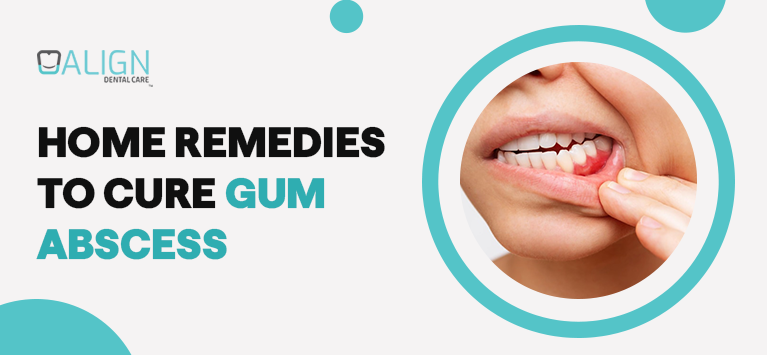
A gum abscess starts in a gum pocket outside the tooth next to the root. Be advised though that treatment for gum abscess is different from tooth abscess as they both are different. The abscess is a gathering of pus that is comprised of dead white platelets, tissue debris and bacteria. Also called a periodontal abscess, a gum abscess is a painful condition that can lead to serious complications unless treated immediately.
Read More…




